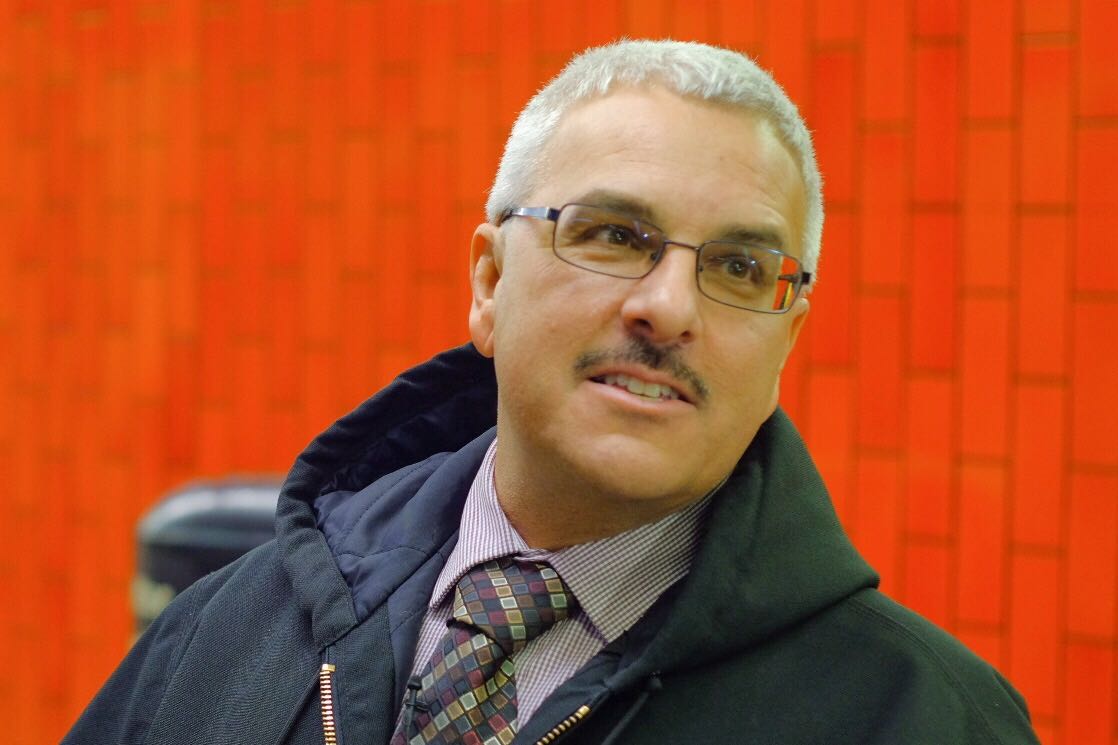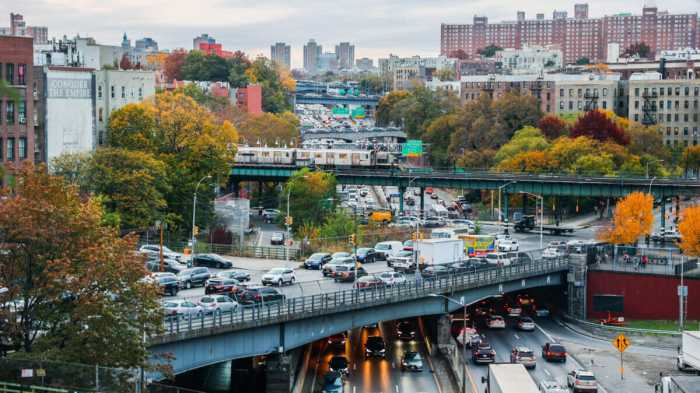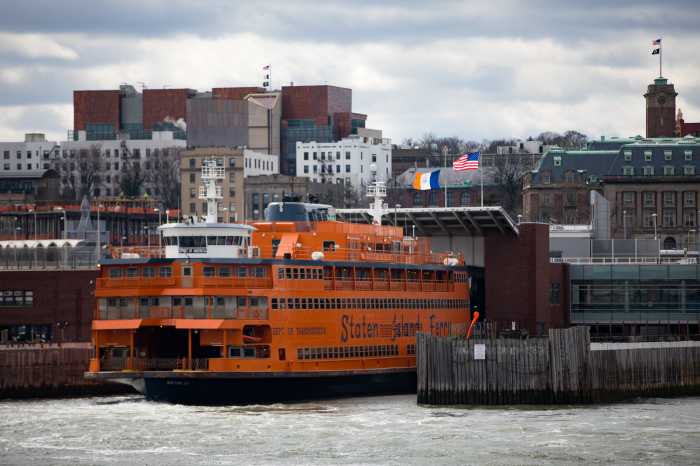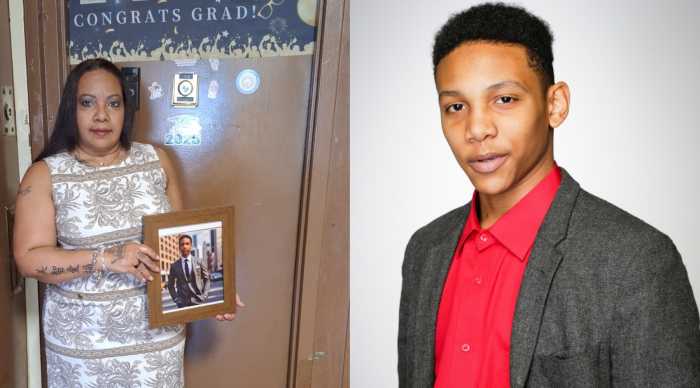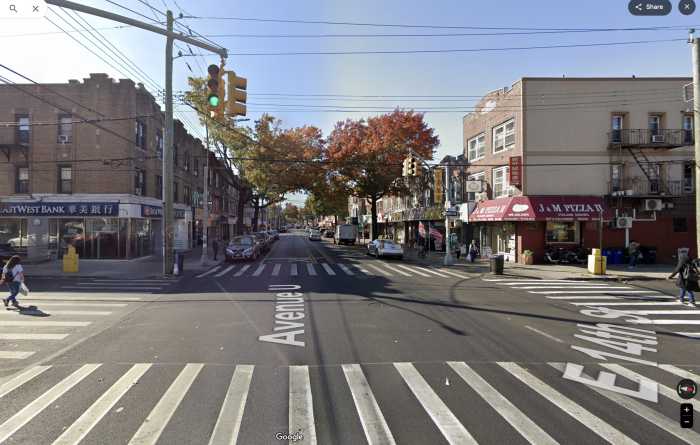A hallmark of Andy Byford’s tenure as a transit leader in other cities is making an impact for New Yorkers who take the subway with concerns over their home station.
The MTA showcased improvements made by Group Station Managers in the year since the program was launched and on Byford’s second anniversary as president of New York City Transit. Believe it or not, 22 people in the agency oversee customer and employee morale in all 472 stations, the MTA said.
“It’s a proven concept that I know works and I know that because I used to be a Group Station Manager for 11 stations in London,” Byford said. “I really wanted to see that model replicated in New York so that we can have that single point of accountability for a named manager at every group of stations.”
Group Station Managers (GSMs), much like NYPD’s Neighborhood Coordination Officers program, allows riders to email the station manager about any issues in the station from cleanliness to maintenance to customer service complaints to managing employee morale.
In the event of water damage to tiles or graffiti, GSMs are responsible for as simple of tasks as getting wash-crews to locations or cleaning up markings.
Some stations have also had rooms transformed from decrepit closets into facilities such as lactation pods.
“So the GSMs facilitate all this work with employees, motivating them to try new ideas, new products, new tools,” David Santoro, Chief Stations Officer, said.
According to Santoro, each GSM oversees a large swath of stations, usually between 15 to 20 for most and they come from a variety of backgrounds. One GSM, Mike Brown, was involved in counterterrorism with the U.S. Department of Homeland Security until switching over to the MTA.
Other GSMs are internal hires.
James LaMorte, who oversees Bowling Green Station within his territory, told amNewYork Metro that he had been with NYC Transit for 30 years and said the upgrading facilities boosts employee morale in his experience.
The program replaces the old General Station Superintendent program which was integrated to some degree into the GSM program.
A touchier subject under the purview of a GSM; homelessness. While NYPD may be involved in address a homeless presence on trains and in stations, a GSM often works with social service organizations such as the Bowery Residents’ Committee, Brown said. Regular meetings with the BRC and Neighborhood Coordination Officers are regular on GSM’s agendas.
And GSMs have been busy in the past year; about 62,000 issues have been addressed by so far, according to the MTA.



